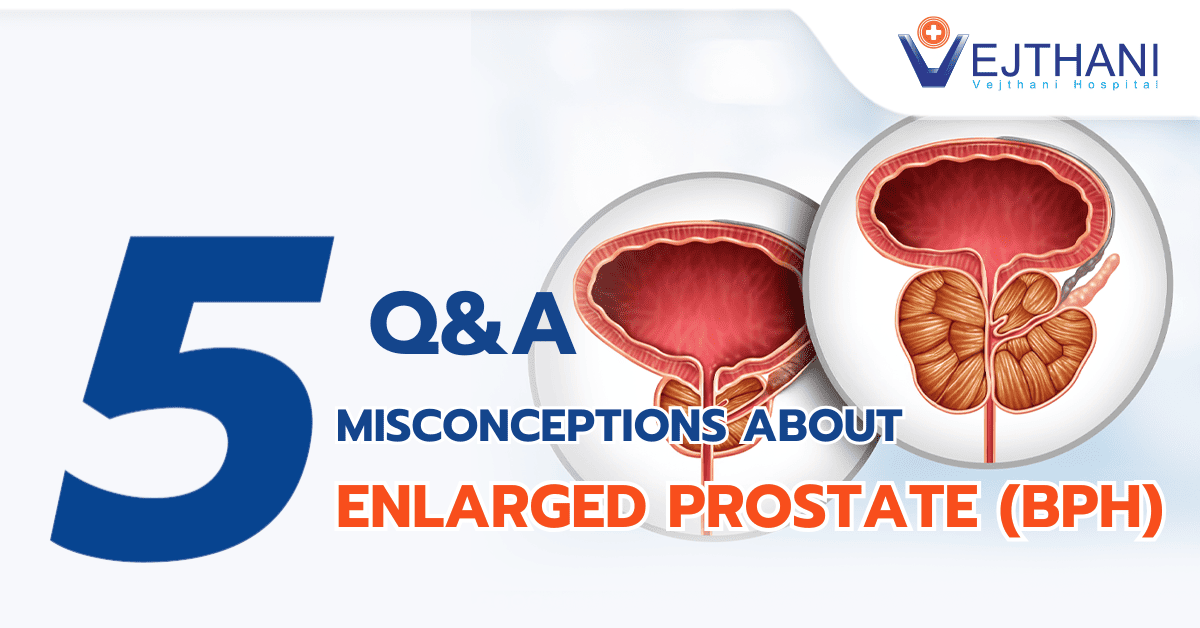
Cornea Transplant
Overview
Cornea transplant (corneal transplant) is a surgical procedure to replace the cornea, the clear front layer of your eye. Other terms for this procedure include corneal grafting and keratoplasty. Your eye care provider may recommend a cornea transplant if your cornea is damaged, which can cause eye pain, cloudiness, and blurred vision.
During a cornea transplant, the surgeon removes the damaged cornea and replaces it with healthy corneal tissue from a donor. For many people, this surgery restores vision and significantly improves their quality of life.
Reasons for undergoing the procedure
A corneal transplant may be recommended by your doctor if you have:
- Damage to the cornea brought on by prior eye surgery.
- Bullous keratopathy, which causes the cornea to have a blister.
- Corneal ulcers or other corneal damage brought on by wounds, inflammation, or infections.
- Fuchs’ dystrophy.
- Keratoconus.
Types of cornea transplant
Cornea transplant surgeries come in three types: penetrating keratoplasty, deep anterior lamellar keratoplasty, and endothelial keratoplasty, each targeting specific layers of the cornea’s three-layer structure. Donor corneas, sourced from deceased individuals, undergo thorough testing to guarantee their suitability for transplantation.
Penetrating keratoplasty
Penetrating keratoplasty, also known as full-thickness cornea transplantation, has been aiding patients for over a century. In this procedure, a surgeon uses a small circular blade to excise the central portion of the damaged cornea and replace it with a similarly shaped piece of healthy donor cornea. This modern surgical technique continues to benefit thousands of people each year.
Deep anterior lamellar keratoplasty
If the innermost layer of your cornea remains healthy and only the middle and outer layers are damaged, your surgeon might opt for a partial thickness cornea transplant, also known as deep anterior lamellar keratoplasty. In this procedure, the surgeon removes the damaged middle and outer layers and replaces them with healthy donor tissue.
Endothelial keratoplasty
If you have damage to the endothelium, which is the innermost layer of your cornea and sits on Descemet’s membrane, this procedure might be helpful. Two varieties of endothelial keratoplasty procedures are carried out by surgeons:
- Descemet’s Stripping Automated Endothelial Keratoplasty (DSAEK).
- Descemet’s Membrane Endothelial Keratoplasty (DMEK).
Both DSAEK and DMEK involve replacing damaged endothelial tissue with healthy donor tissue. The main difference between the two is the thickness of the donor tissue: DSAEK is thicker, while DMEK is thinner. You and your surgeon will decide which type of transplant is best suited to your specific eye condition.
Endothelial keratoplasty procedures typically involve fewer sutures compared to other types of corneal transplants. Instead, an air bubble is employed to secure the donor tissue in place. To promote the transplant’s success, it’s essential to lie face up while resting or sleeping during the initial few days after surgery. This position helps maintain the air bubble’s proper placement, ensuring the transplanted tissue remains stable.
Risks
One of the most concerning complications of cornea transplant is organ (cornea) rejection. Rejection occurs when your body’s immune system identifies the donated cornea as foreign and tries to fight off the transplant. The risk of rejection varies based on the surgical technique used and the condition of your eye.
In some cases, your surgeon may recommend against surgery if your eye is likely to reject a transplanted cornea. Conditions that increase the chance of rejection include:
- Severe dry eye
- Eye infections
- Blood vessels growing in the cornea
Before the procedure
Before your surgery, your surgeon and the anesthesia team will review your medical history, discuss any concerns you may have, and finalize the surgical plan. They will advise you on which medications or over-the-counter products to stop taking before the procedure, and when to stop eating and drinking. Since you will not be able to drive after the surgery, it’s important to arrange for transportation home in advance.
During the procedure
The anesthesia team will administer either sedation or general anesthesia based on your medical condition and prior discussions with your doctor. Your eye will be numbed using medication applied by a caregiver. Typically, the procedure is completed in less than two hours.
After the procedure
If you undergo a cornea transplant, you’ll need to use eye drops for at least a year following surgery to reduce the risk of rejection.
Other potential complications of cornea transplant surgery include:
- Bleeding
- Detached retina
- Infection in the cornea or inside the eye
- Fluid leakage from your cornea
- Glaucoma (increased pressure inside your eye)
- Visual acuity (sharpness of your vision) problems due to an irregular curve in the shape of the cornea
- Detachment of the cornea transplant (for an endothelial transplant, which is held in place by an air bubble)
Outcome
The long-term success of cornea surgery depends on various factors, including:
- The underlying cause of the cornea damage.
- The surgical technique used.
- The expertise of your surgical team.
- How well your immune system accepts the donor transplant (organ rejection).
Because success rates can vary, it’s important to discuss with your surgeon what you can expect based on your specific situation and eye health.
Be aware that you will likely experience blurred vision after surgery, which will gradually improve over time. The recovery period for your vision to return to normal can vary. For instance, if you had a full-thickness transplant, it may take up to 12 months to achieve full vision. However, if you had an endothelial transplant (such as DMEK or DSAEK), you might regain good vision within three months.
If you experience any signs of cornea rejection, such as eye pain, redness, hazy or cloudy vision, or sensitivity to light, contact your surgeon immediately. Additionally, if you notice any other vision problems after your cornea transplant or experience symptoms of infection, such as fever or eye drainage, reach out to your surgeon right away.
Contact Information
service@vejthani.com






















